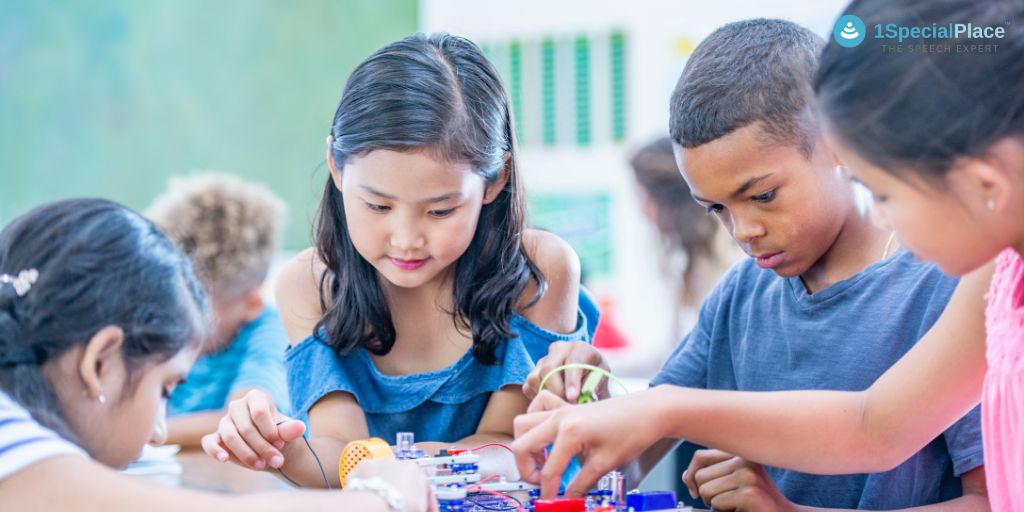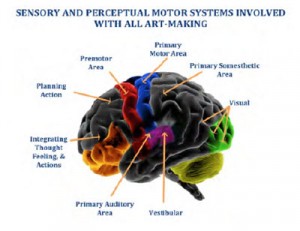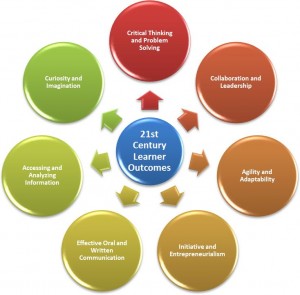
Is Your Child’s Curriculum Brain Compatible?
Is Your Child’s Curriculum Brain Compatible?
Choosing a curriculum that is a good fit for your child is an important and also an overwhelming task. Whatever the choice may be what’s important is to check if the curriculum or the way it is taught in the school is ‘brain compatible’?
In other words, does it have (instruction) the brain in mind?
‘Brain compatible’ is the new buzzword in education, an approach of instruction that weaves maths, geography, science, social science and physical education together along with movement and arts. A substantial amount of research in the recent years through brain imaging techniques has gone into studying the brain in the context of learning in order to design more effective learning strategies.
An ideal curriculum/school should give all students experience of learning in different intelligences so that children are able to make connections across subjects and be able to apply in multiple situations.
The beauty of such an approach is that every subject is woven into each other. Here are some examples:
- Math has an intersection with arts (music and movement). In the Kindergarten, many simple songs incorporate many basic math skills such as matching, comparing, patterning, sequencing and counting.
- Fairy tales are a great resource for teaching cause and effect predictions and problem solving. Most fairy tales have a problem to solve in them.
- Indian Math Genius, an expert in number theory & Fields Medalist Prof Manjul Bhargava explains how the ‘laghu’ (short) & ‘guru’ (long) syllables of Sanskrit are applied in different combinations while playing the tabla or while writing poetry.
- He quotes, “If you are writing poetry and you have 8 beats left in your stanza and you need to fill it with long and short syllable, where a long syllable takes 2 beats and a short syllable takes one beat, how many ways can you fill in 8 beats with long & short syllables? There are 34 ways of doing it and it involves math”.
- Movement also influences the brain in a positive way and keeps children actively engaged and There are movement based programs such as ‘Kinderdance’ which combines kids’gymnastics, kids’ fitness and dance with educational concepts.
- Activities that enhance fine motor skills such as knitting, crocheting develops the finger sense which in turn develops the overall brain capacity.
- It is not just about making learning fun! Parents often exclaim, “What’s happening? Is this all required? Where is learning to happen amidst these activities” and so on. That is because we tend to measure a child’s abilities quantitatively and not qualitatively.
So, the point here is not to simply make learning fun without proper goals in place. Imparting instructions in a way that appeals to children and at the same time design programs that are based on empirical evidence drawn from brain research is the key to effective learning/teaching.
Core elements of a brain-compatible classroom:
- Absence of threat – excess fear and stress impairs brain’s access to critical and creative thinking.
- Collaboration with peers– enhances basic intrinsic nature of students wanting to question, discuss, argue and share.
- Immediate feedback– Positive feedback for the development of a good self-concept and healthy self esteem.
- Meaningful content-helping students see why it is worth learning, enhancing intrinsic motivation.
- Opportunity to make choices-using multiple intelligences and differentiation to increase student learning.
- Pacing of learning-developing relaxed alertness that is the learner is put into a state of being where they feel comfortable yet experience a high level of challenge.
Some questions for parents for reflection?
- Is the curriculum aligned to the developmental milestones and needs of the
- children? This is especially relevant for early childhood programs.
- In what ways and how often does the school/program facilitate novel and
- challenging activities in the classroom?
- Is learning facilitated in multiple environments?
- Are you sure that the students are challenged and not threatened?
Brain-based learning is a growing trend. Schools are opening up spaces and creating environments in which real-world, hands on experience is at the forefront.
Unleash your child’s potential by making a brainy choice!
- Nonverbal Autism - December 22, 2022
- Spectrum of Hope: The New Normal - April 29, 2018
- Preschool Children’s Speech and Language Development: 2 to 6 years - April 16, 2018



Leave a Comment
(0 Comments)